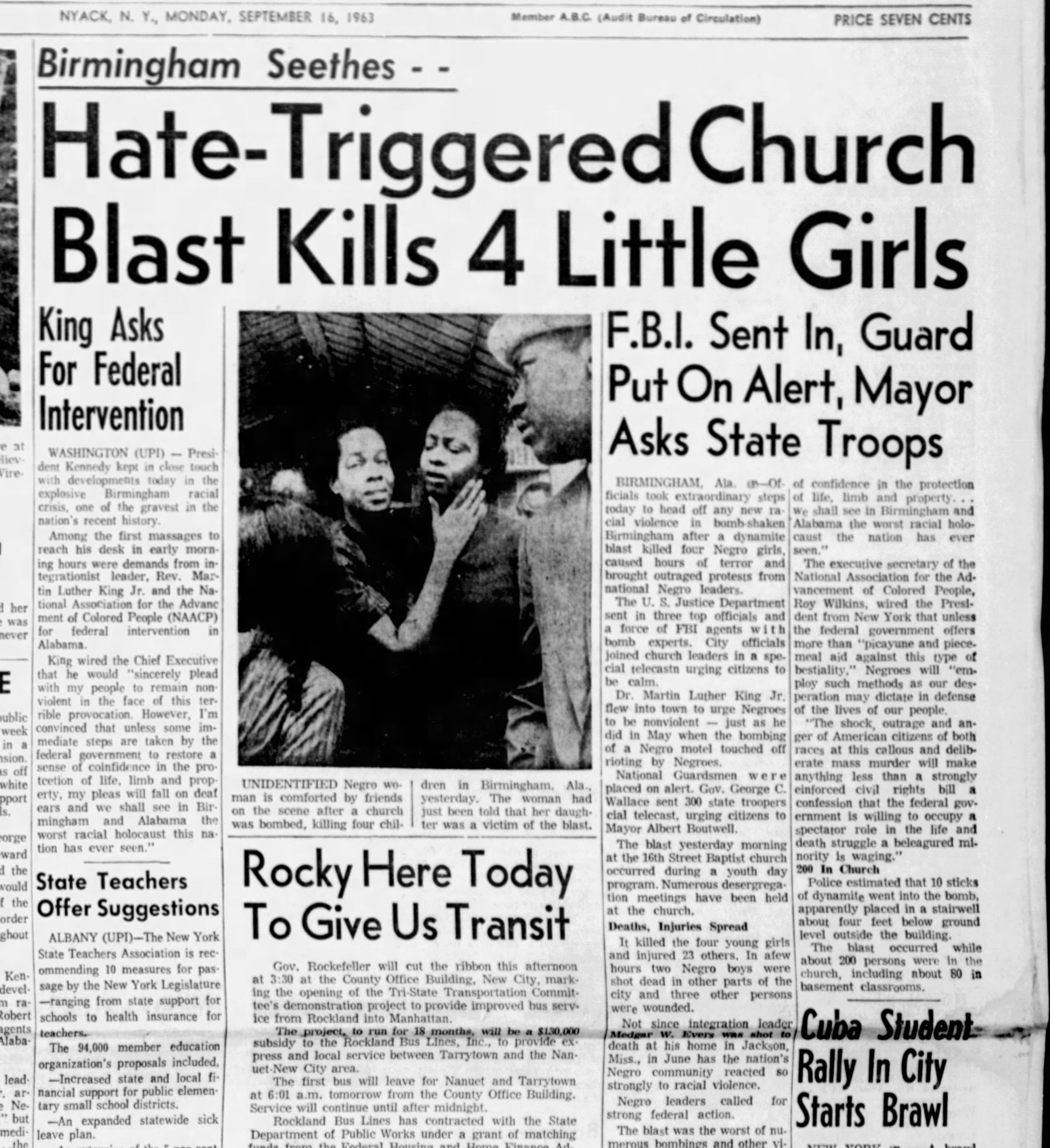How News Articles can Save You Time, Stress, and Money.
Wiki Article
10 Simple Techniques For News Articles
Table of ContentsTop Guidelines Of News ArticlesThe Best Guide To News ArticlesFascination About News ArticlesThe Greatest Guide To News ArticlesThe Ultimate Guide To News Articles
Great expertise of different topics provides trainees an one-upmanship over their peers. Even though digital and social media are easily accessible, we should not fail to remember exactly how vital it is to read the newspapers. Moms and dads must attempt and instill the routine of checking out a paper as an everyday regimen to proceed the tradition of the adored print medium.Newspaper article likewise include at the very least one of the following crucial qualities about the intended audience: proximity, importance, timeliness, human passion, oddity, or consequence. The associated term journalese is sometimes utilized, usually pejoratively, to describe news-style writing. An additional is headlinese. Newspapers normally follow an expository writing design.
Within these limitations, news tales additionally intend to be thorough. Among the bigger and extra recognized newspapers, fairness and balance is a major variable in presenting info.
Newspapers with a worldwide target market, for instance, have a tendency to utilize a more formal design of creating. The specific choices made by an information outlet's editor or content board are often collected in a design overview; usual style overviews consist of the and the United States Information Style Publication. The main objectives of news writing can be summed up by the ABCs of journalism: precision, brevity, and clearness.
8 Simple Techniques For News Articles
As a regulation, journalists will certainly not make use of a long word when a brief one will certainly do. Information authors try to stay clear of utilizing the exact same word a lot more than as soon as in a paragraph (often called an "resemble" or "word mirror").
However, headlines occasionally omit the topic (e.g., "Jumps From Watercraft, Catches in Wheel") or verb (e.g., "Cat lady fortunate"). A subhead (likewise subhed, sub-headline, subheading, caption, deck or dek) can be either a subordinate title under the major headline, or the heading of a subsection of the short article. It is a heading that comes before the major text, or a team of paragraphs of the primary text.

Additional billboards of any of these kinds might show up later on in the short article (especially on succeeding web pages) to lure additional reading. Such signboards are likewise used as pointers to the write-up in other areas of the magazine or site, or as promotions for the item in other publication or sites. Typical framework with title, lead paragraph (summary in bold), other paragraphs (information) and call information.

Example of a hard-lead paragraph NASA is proposing another room task. The budget demands approximately $10 billion for the job.
The NASA news came as the firm requested $10 billion of appropriations for the job. An "off-lead" is the 2nd crucial front page information of the day. The off-lead appears either in the leading left corner, or directly below the lead on the. To "bury the lead" official site is to begin the short article with background info or details of secondary value to the viewers, requiring them to find out more deeply into a write-up than they must have to in order to find the essential points.
Unknown Facts About News Articles
Usual use is that one or 2 sentences each form their very own paragraph. Reporters usually define the organization or framework of a news story as an upside down pyramid. The necessary and most fascinating aspects of a story are put at the start, with supporting details adhering to in order of lessening significance.It enables individuals to explore a topic to only the depth that their curiosity takes them, and without the imposition of details or nuances that they might consider pointless, but still making that info readily available to a lot more interested viewers. The upside down pyramid framework likewise allows short articles to be cut to any type of arbitrary length during layout, to suit the room offered.
Some authors begin their stories with the "1-2-3 lead", yet there are many type of lead offered. This layout invariably starts with a "Five Ws" opening paragraph (as explained over), complied with by an indirect quote that serves to sustain a major aspect of the very first paragraph, try this and after that a straight quote to sustain the indirect quote. [] A twist can refer to multiple points: The last story in the news program; a "delighted" tale to end the show.
Longer posts, such as publication cover articles and the pieces that lead the within sections of a paper, are known as. Function stories vary from straight information in a number of means.
Little Known Questions About News Articles.
The journalist typically information interactions with interview topics, making the piece much more personal. A feature's initial paragraphs frequently connect an intriguing moment or occasion, as in an "anecdotal lead". From the particulars of a person or episode, its view promptly broadens to generalizations about the story's subject. The area that signifies what a feature is around is called the or signboard.
The Editor's Tool kit: A look at this site Reference Guide for Beginners and Professionals (2001) Allan M. Siegal and William G. Connolly. The New York Times Guidebook of Design and Use: The Authorities Design Overview Used by the Writers and Editors of the Globe's The majority of Reliable Paper (2002) M. L. Stein, Susan Paterno, and R.
Report this wiki page